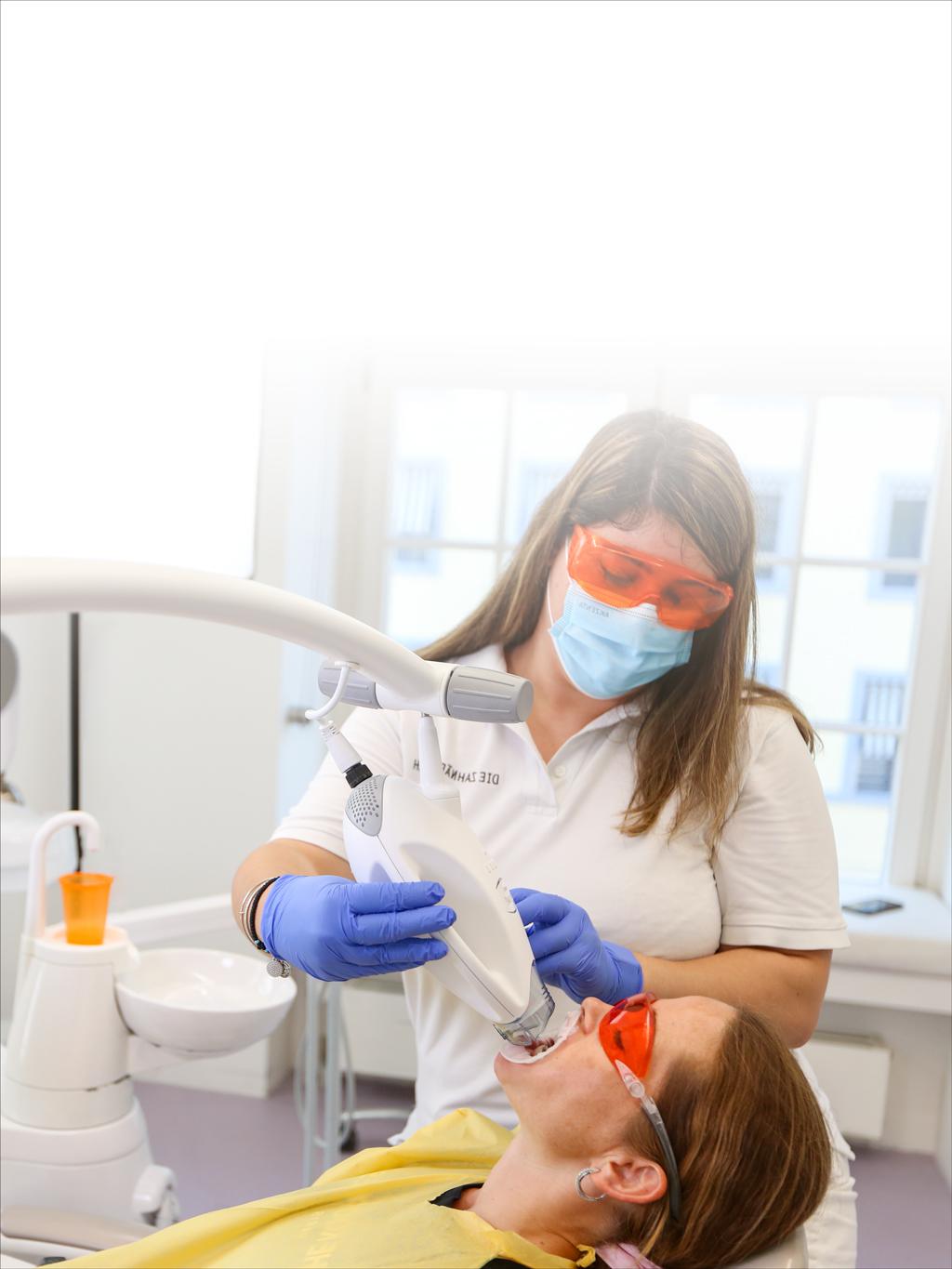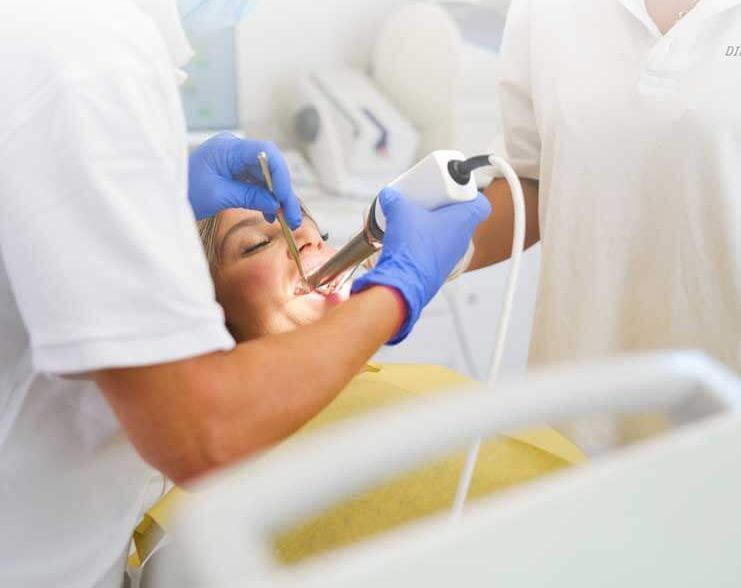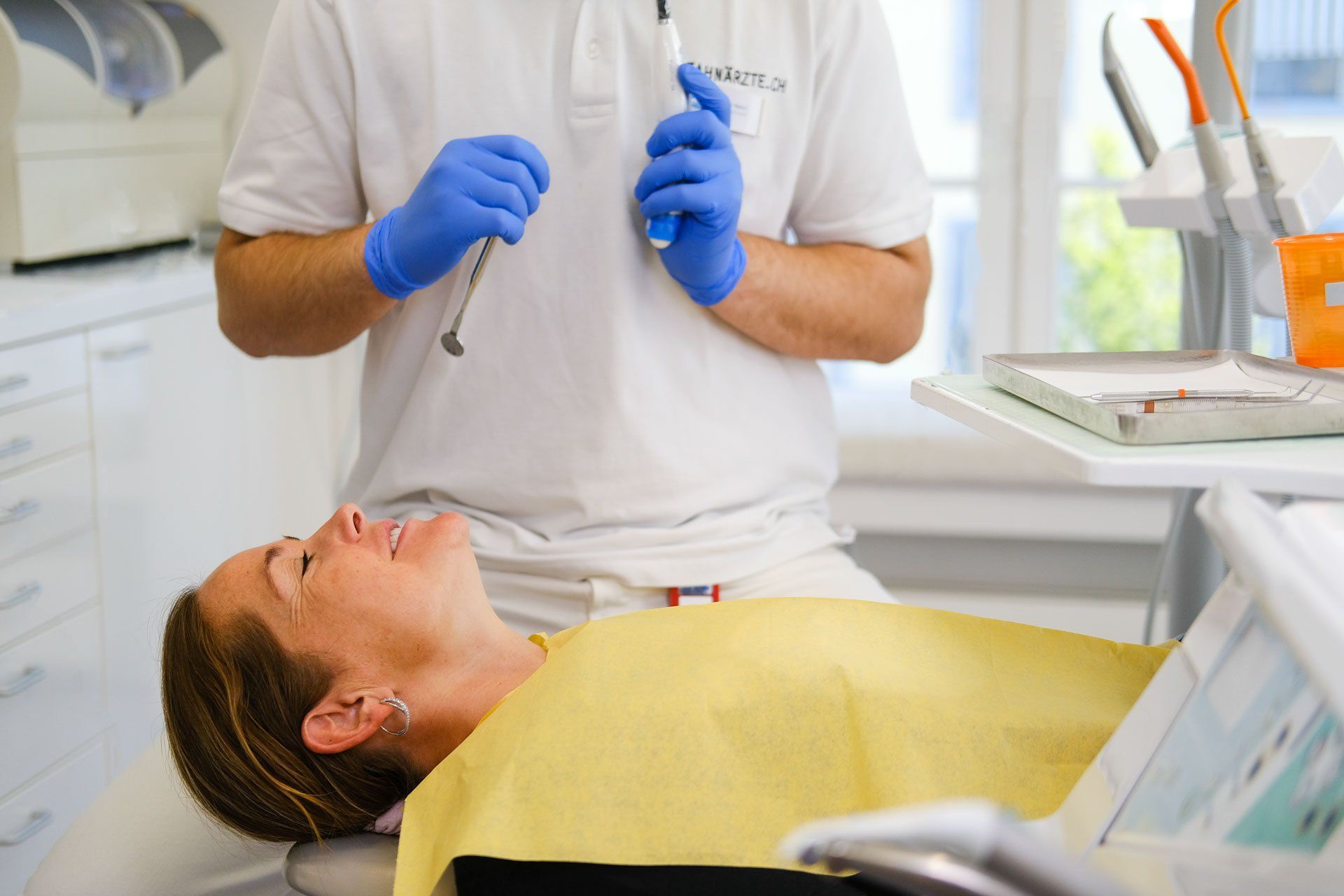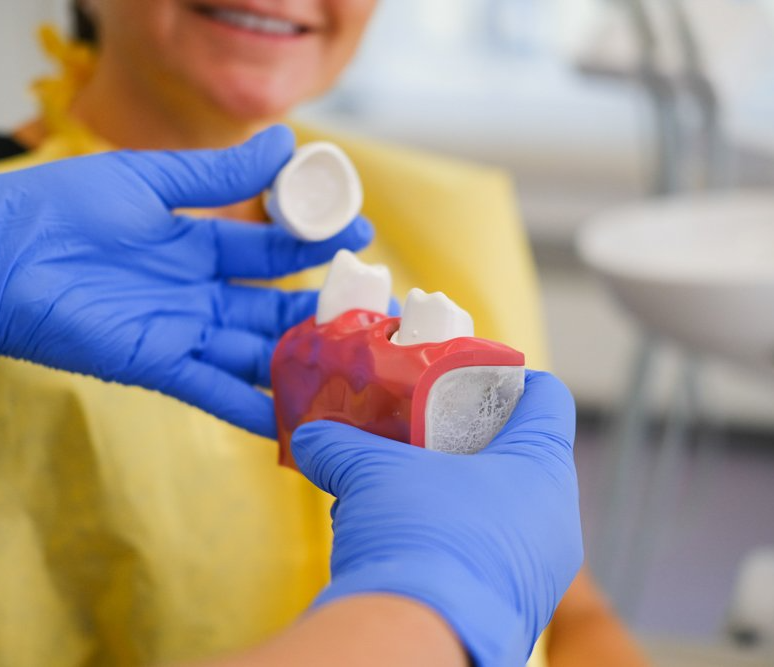A fascinating history: dentistry through the centuries
We take a look at the history of dentistry and look at the legend of the toothworm, different eras, milestones and historical forms of treatment.
Belief in the toothworm?
Anyone studying the history of dentistry and the development of tooth decay will often come across this misconception. The toothworm as the cause of tooth decay was first described in a Sumerian text from around 5000 BC. A tablet found in the city of Assur shows that the toothworm and other dental diseases were treated in different ways. In ancient India, Egypt, Japan and China, a diseased tooth was referred to as a worm tooth. But there is also evidence from the Maya and Aztecs that the tooth worm was held responsible for tooth decay. The legend of toothworms can also be found in the works of Homer. Even in the fourteenth century, the physician Guy de Chauliac was still convinced that toothworms were responsible for tooth decay.
First scientific theories
It took until the 19th century for different theories on the development of caries to emerge, replacing the humoral pathology-based views. In 1825, the English dentist Andrew Clark considered dental diseases to be a consequence of the diet of wealthy sections of the population and came to the conclusion that simple people adapted to a harsh lifestyle generally had healthy teeth that were free from caries. The American Willoughby D. Miller developed the ‘chemoparasitic theory’, according to which lactic acid bacteria were considered to be the cause until the 1960s, after he had undergone further bacteriological training with Robert Koch during his stay in Germany at the University of Berlin. Streptococcus mutans was finally discovered as a caries pathogen by Paul Keyes in 1960.
Dentistry in different regions and eras
The history of dentistry begins with simple treatment methods. Before it developed into a medical discipline, it was still closely associated with magic and superstition in early cultures.
Prehistory (first dental treatments):
In 2015, the decayed molar tooth of a male, around 14,000 years old, was analysed. It was discovered in 1988 in the Riparo Villabruna rock cave near Sovramonte in northern Italy. The findings showed that the cavity had been treated with a tiny, sharpened stone blade to remove inflamed tissue. The oldest beeswax dental filling, around 6500 years old, was found in Slovenia. It was used to reconstruct a broken canine tooth. There is also very early evidence of trepanation. During excavations in Denmark, a trepanned molar was found that is around 5000 years old.
Orient (first references to dentists):
Writings from Egypt tell of the first dentists who used simple treatment methods to close holes in teeth with a type of dental filling. The first toothbrushes made of wood fibres and herbal pastes for dental care were already available at that time.
Greeks and Romans (new treatment methods):
In ancient Greece and Rome, dentistry was regarded as part of general medicine. Various diagnoses and treatment methods for dental problems were described in the works of Hippocrates and Galen. Primitive dental prostheses were already developed by the Romans. Dentures with gold wire bandages have also been found in Roman tombs. Dentists began to carry out simple dental treatments in special facilities, which can be seen as the forerunners of the modern dental practice.
Priests, saints and barbers (dentistry in the Middle Ages):
In the Middle Ages, dentistry was less a scientific discipline and more a practice of priests and barbers. Priests focussed on general medicine, barbers on practical dental treatment. Teeth were extracted with simple instruments without anaesthesia or hygienic standards. It was not until the late Middle Ages that specialised dentists and dental technicians began to explore new treatment methods. St Apollonia, a Christian martyr, was regarded as the patron saint of dentists and all people suffering from toothache. According to legend, she was tortured in Alexandria in the 3rd century AD. Her teeth were knocked out in the process. Her name was long considered synonymous with dental health and in many old dental surgeries her image gave hope to patients. These early developments laid the foundations for modern dentistry and oral medicine. However, it was only with the scientific advances of modern times that the actual development of dentistry as we know it today began.
The 20th century (progress in dentistry):
The modernisation of dentistry began in the 20th century. Advances in diagnostics led to more precise treatment, while the introduction of anaesthesia made pain-free dental treatment possible. New materials for fillings and dentures improved tooth preservation. Standardised hygiene measures and the specialist training of dentists and dental technicians led to the professionalisation of dentistry. The ‘Central Verein’ was committed to promoting scientific knowledge and contributed to the further development of dentistry.
The 21st century (AI & Research):
Digital technologies are revolutionising dentistry today. CAD/CAM systems are used to produce custom-fit dentures and AI-supported diagnoses enable more precise treatment methods. New options for preserving teeth are reducing the need for invasive procedures. Automation is also changing dentistry. Robot-assisted treatments improve precision. Advances in regenerative medicine could allow natural teeth to grow back in the future. What sounds like science fiction has already been achieved to some extent by a team of researchers at Kyoto University in Japan, led by Katsu Takahashi, in clinical trials for a drug.
Historical forms of treatment
Over the centuries, dentistry has developed many fascinating and sometimes curious treatment methods. Here, we take a closer look at some of the most significant ones.
Reconstructive Dentistry: Even in ancient times, dentists tried to replace lost teeth. The first prostheses were made from animal bones, wood, or human teeth taken from the deceased. Later, gold fillings were used. Those who couldn't afford gold fillings often resorted to lead fillings, whose harmful effects on health were only discovered much later. Chinese writings suggest that amalgam was already used during the Tang Dynasty. In the 18th century, the first porcelain teeth were made, marking an important milestone in the development of modern dental prosthetics. The Frenchman Nicolas Dubois de Chémant patented this innovation in 1789.
Aesthetic and Ritual Dental Modifications: In many cultures, deliberate changes to teeth were made for cultural, social, or spiritual reasons. In Southeast Asia and Africa, for example, teeth were filed to express social status or spiritual affiliation. In the Maya culture, gemstones were embedded into teeth, which is considered an early precursor to modern aesthetic dentistry. These modifications went beyond mere appearance, often symbolizing beauty, identity, or a connection to a particular belief system.
Curious Urine Therapy: The use of urine was one of the most unusual methods of dental care. In ancient Rome, urine was used as toothpaste to whiten teeth and combat dental diseases. This practice persisted even among the Roman aristocracy. For instance, in the 17th century, Marie de Sévigné recommended in a letter to her daughter that she should use urine to brush her teeth both morning and night. Although it may seem strange, its effectiveness can be scientifically supported. The ammonia in urine can actually make teeth appear whiter. Fortunately, there are several alternatives available today.
Stomatoscope: An important step in the development of modern diagnostics was the invention of the stomatoscope. It was an early version of the dental mirror, allowing dentists to better diagnose diseases in the oral cavity of patients. The dentist Julius Bruck is credited with the invention, presenting the design in 1865. The modern mouth mirror, considered one of the greatest innovations in the evolution of dentistry, was developed by Joseph Murphy in 1811.
Wir sind auch hier







